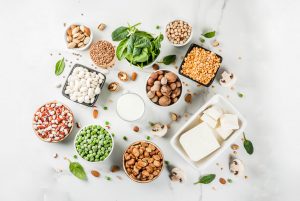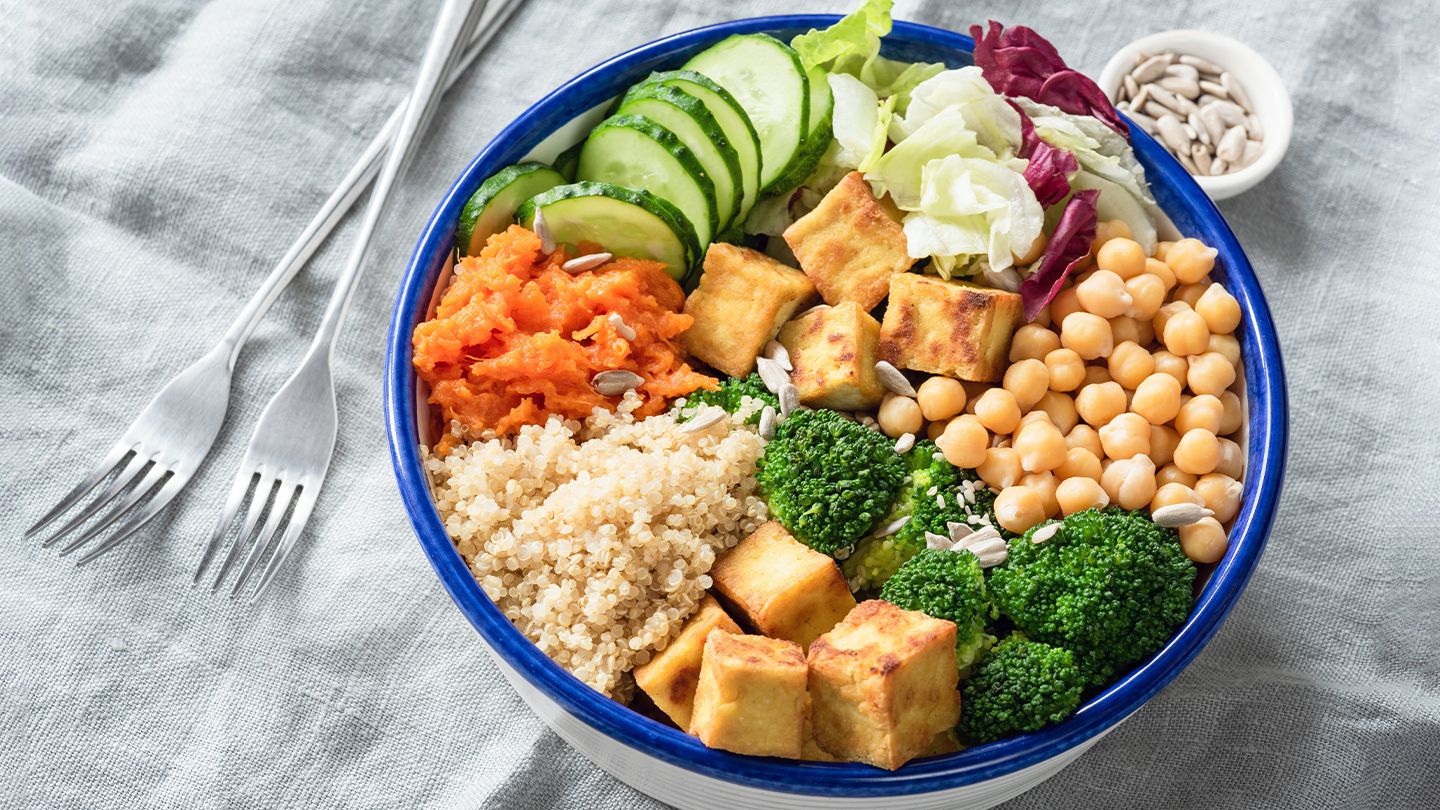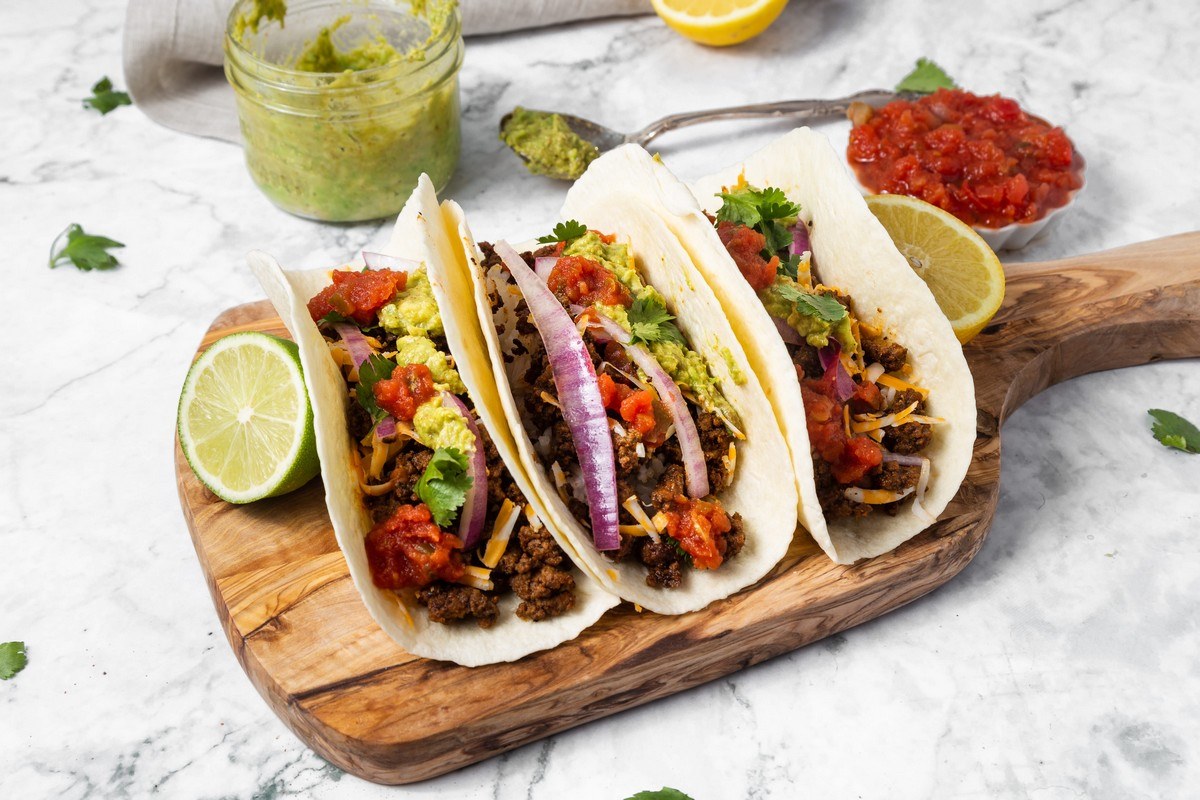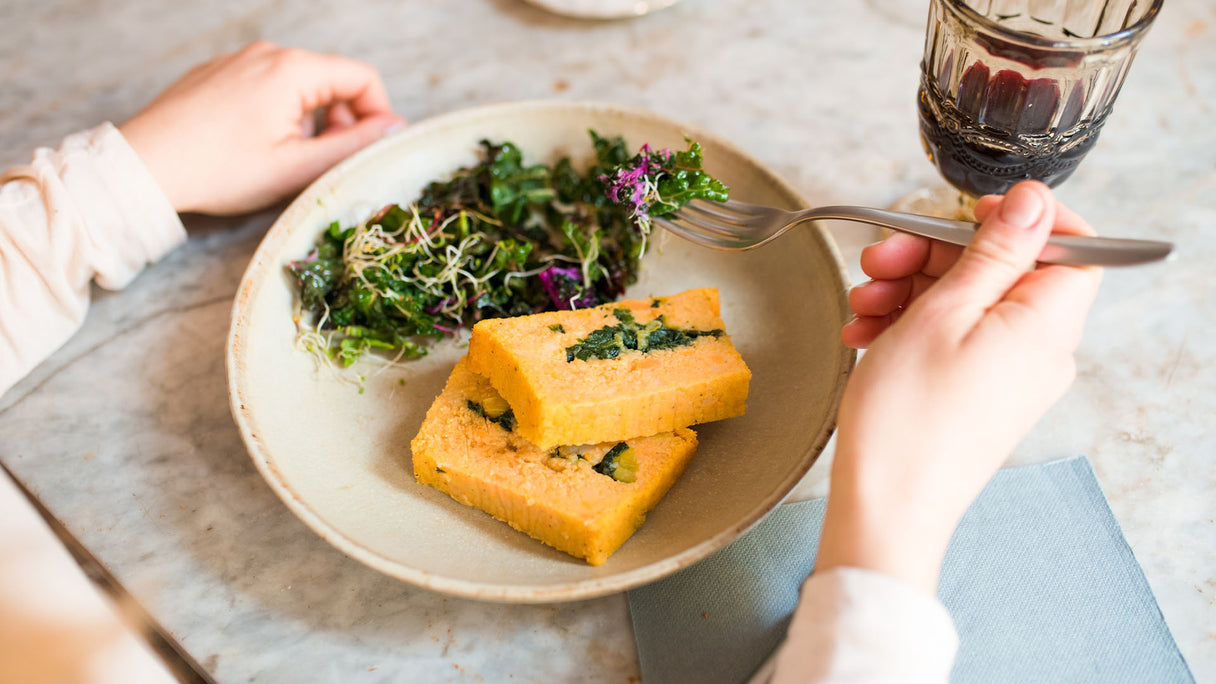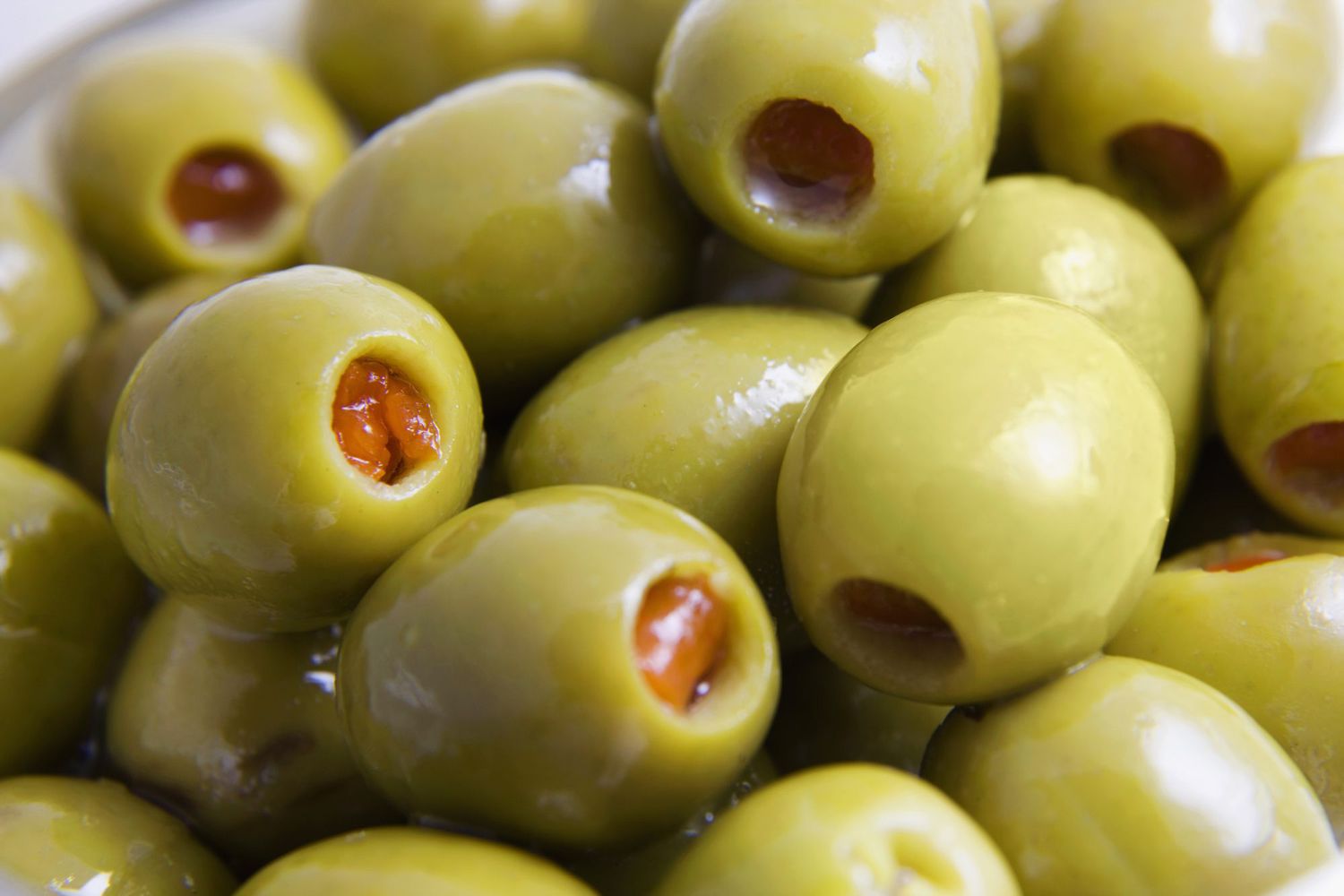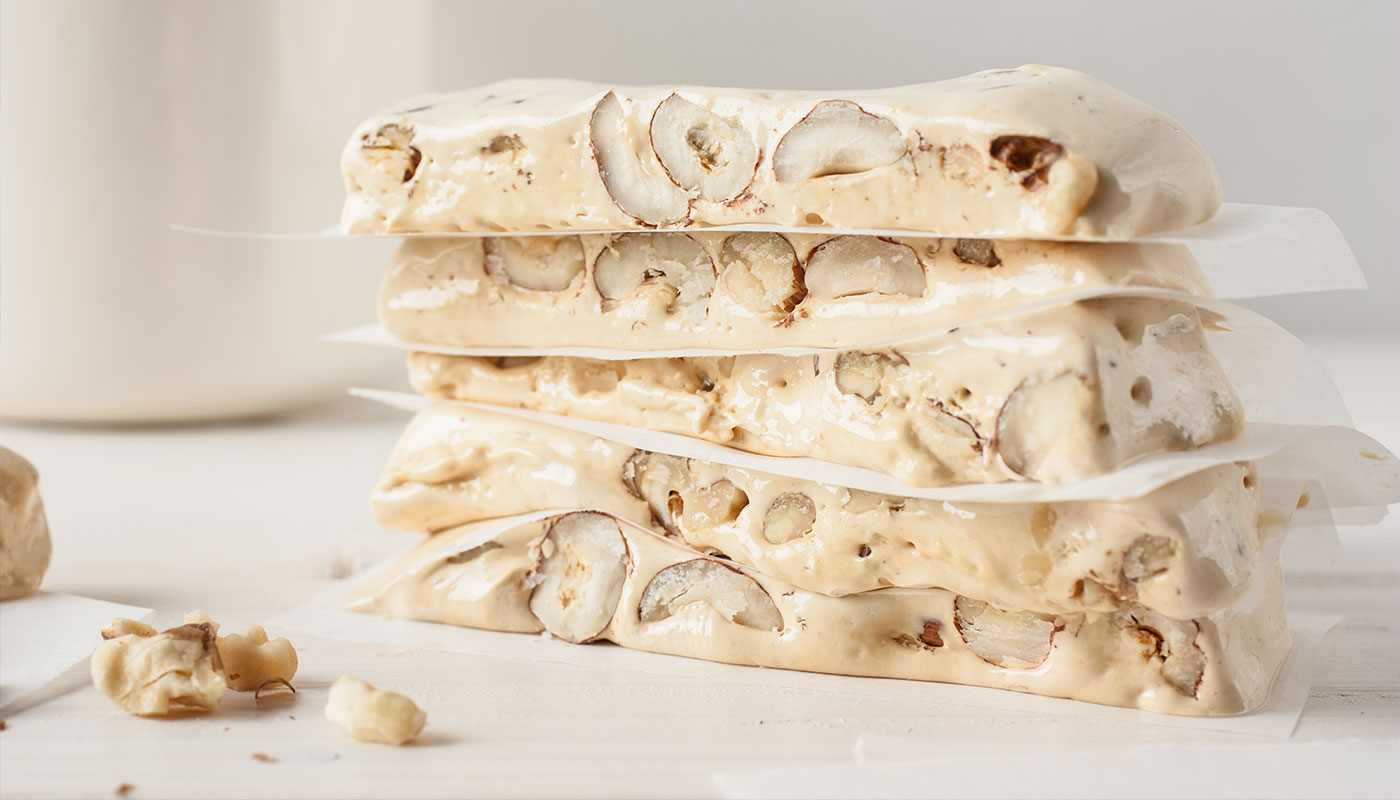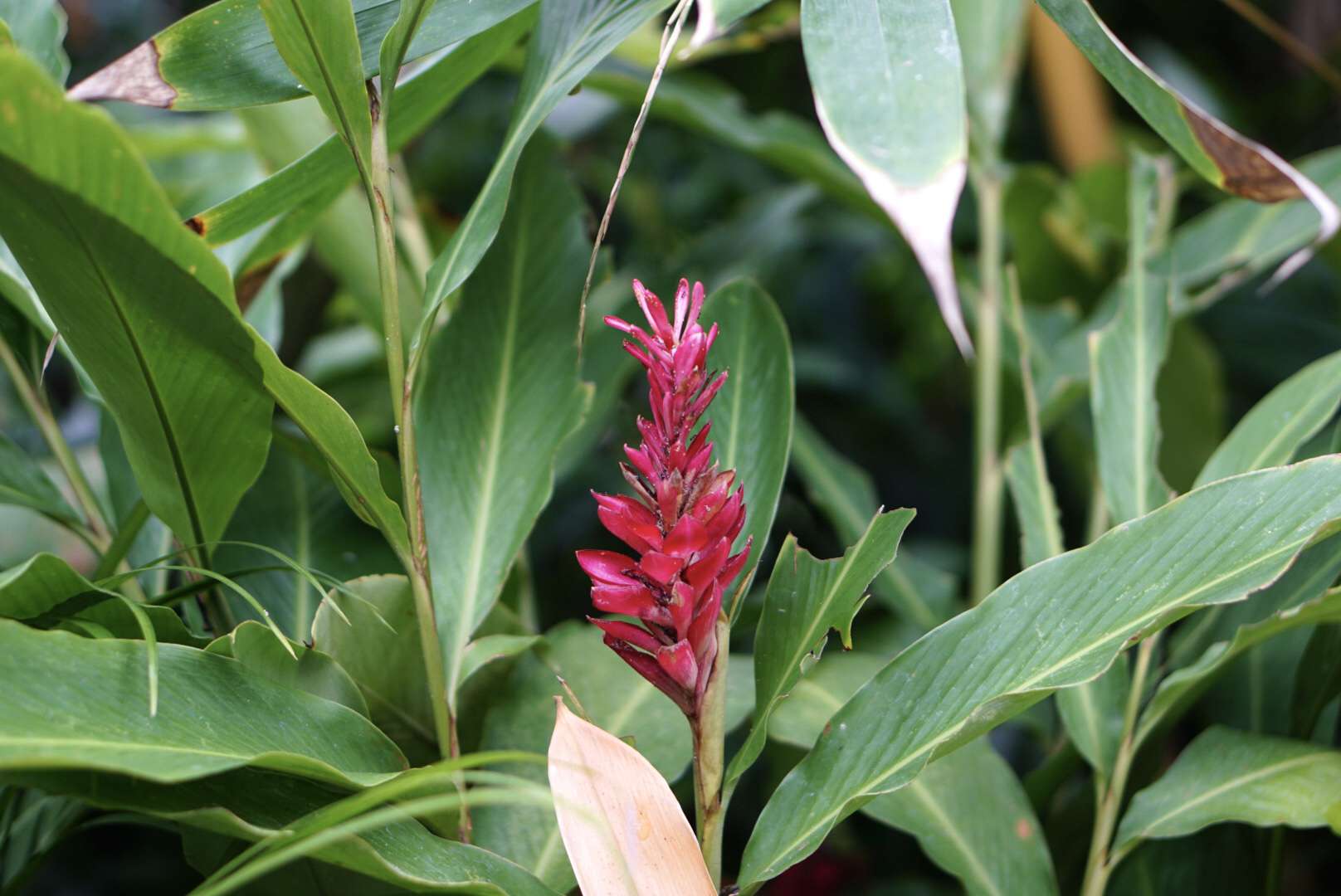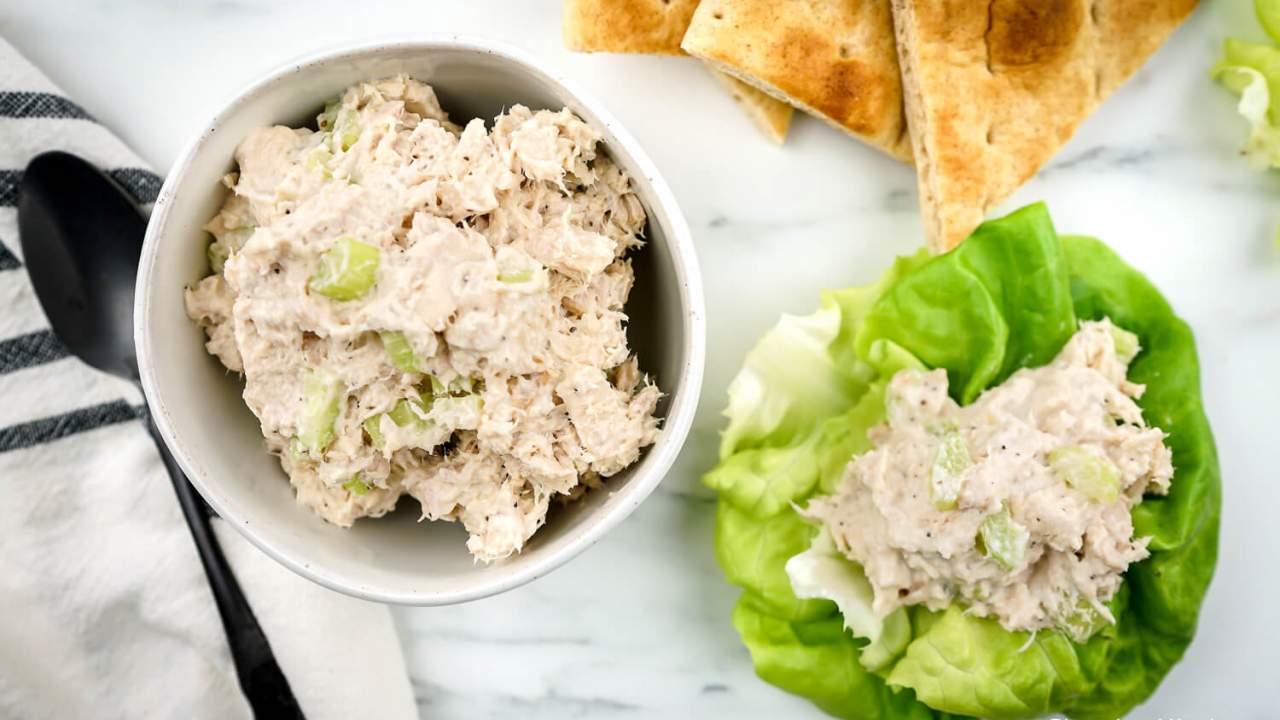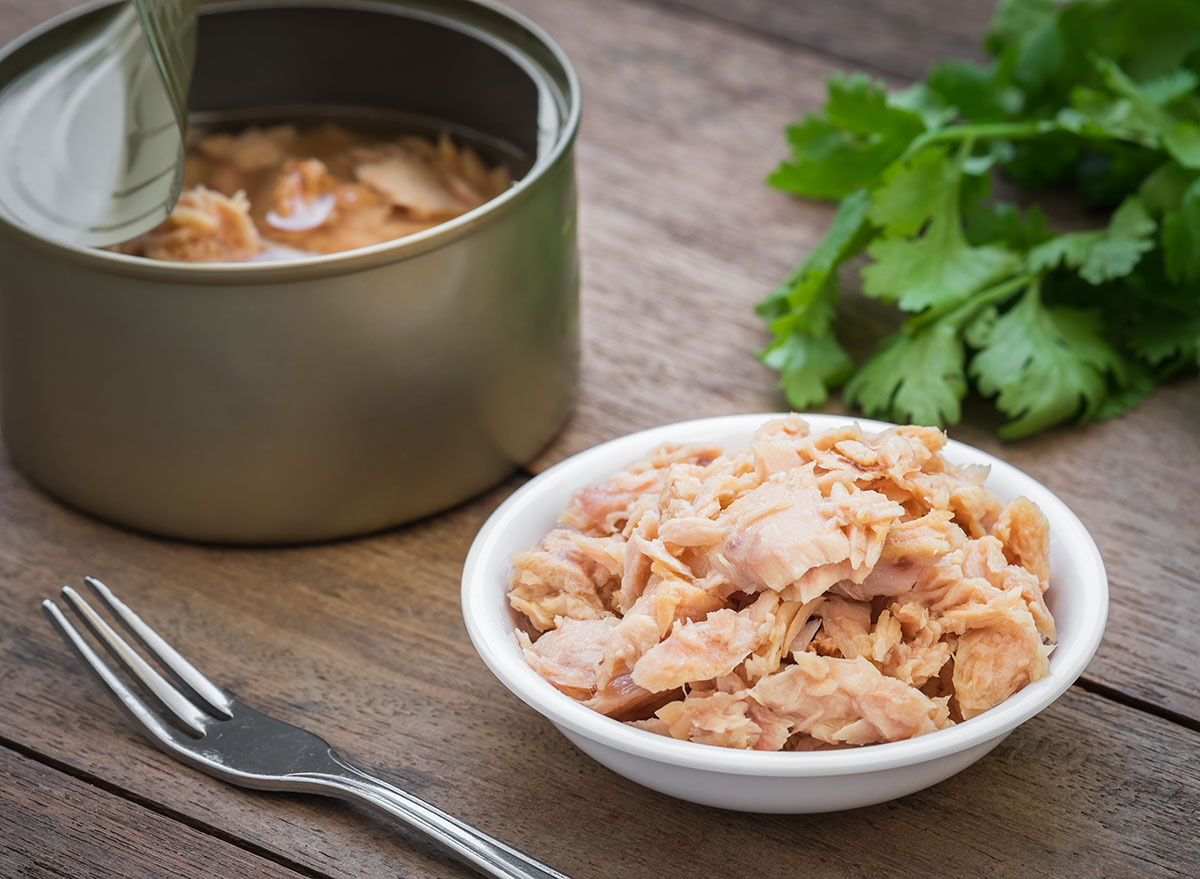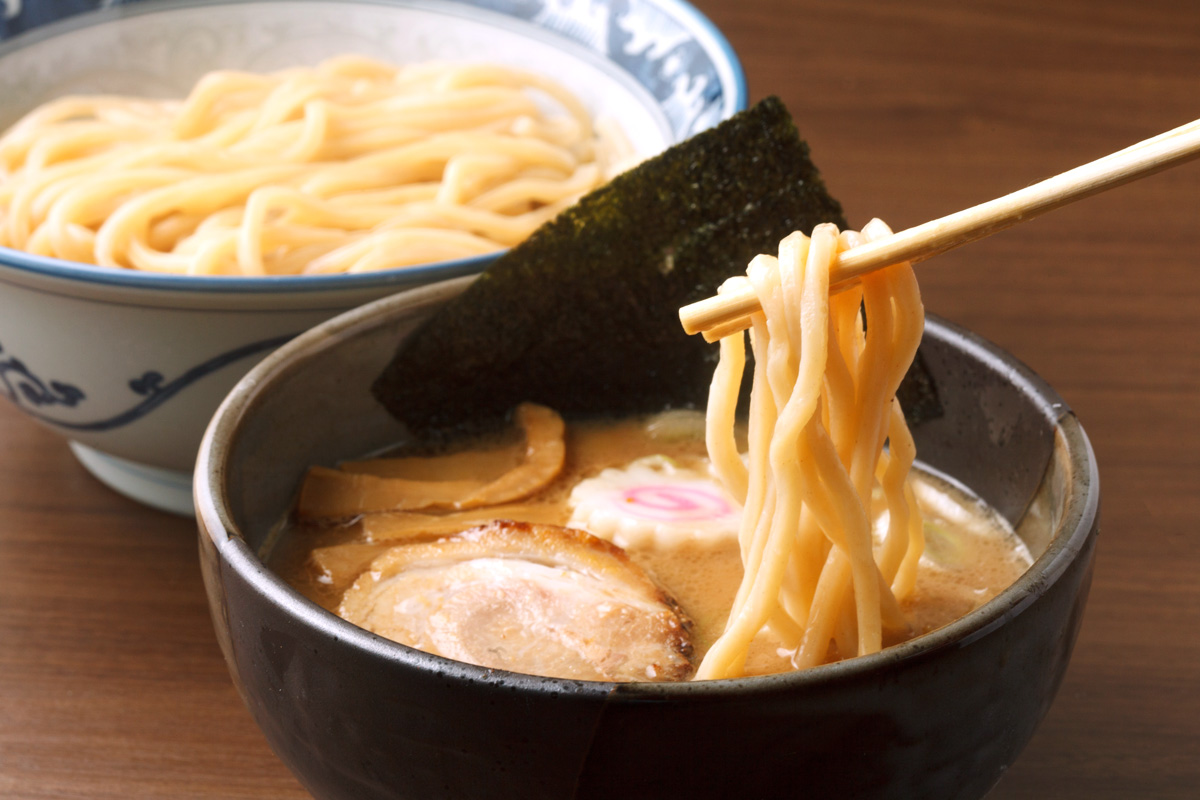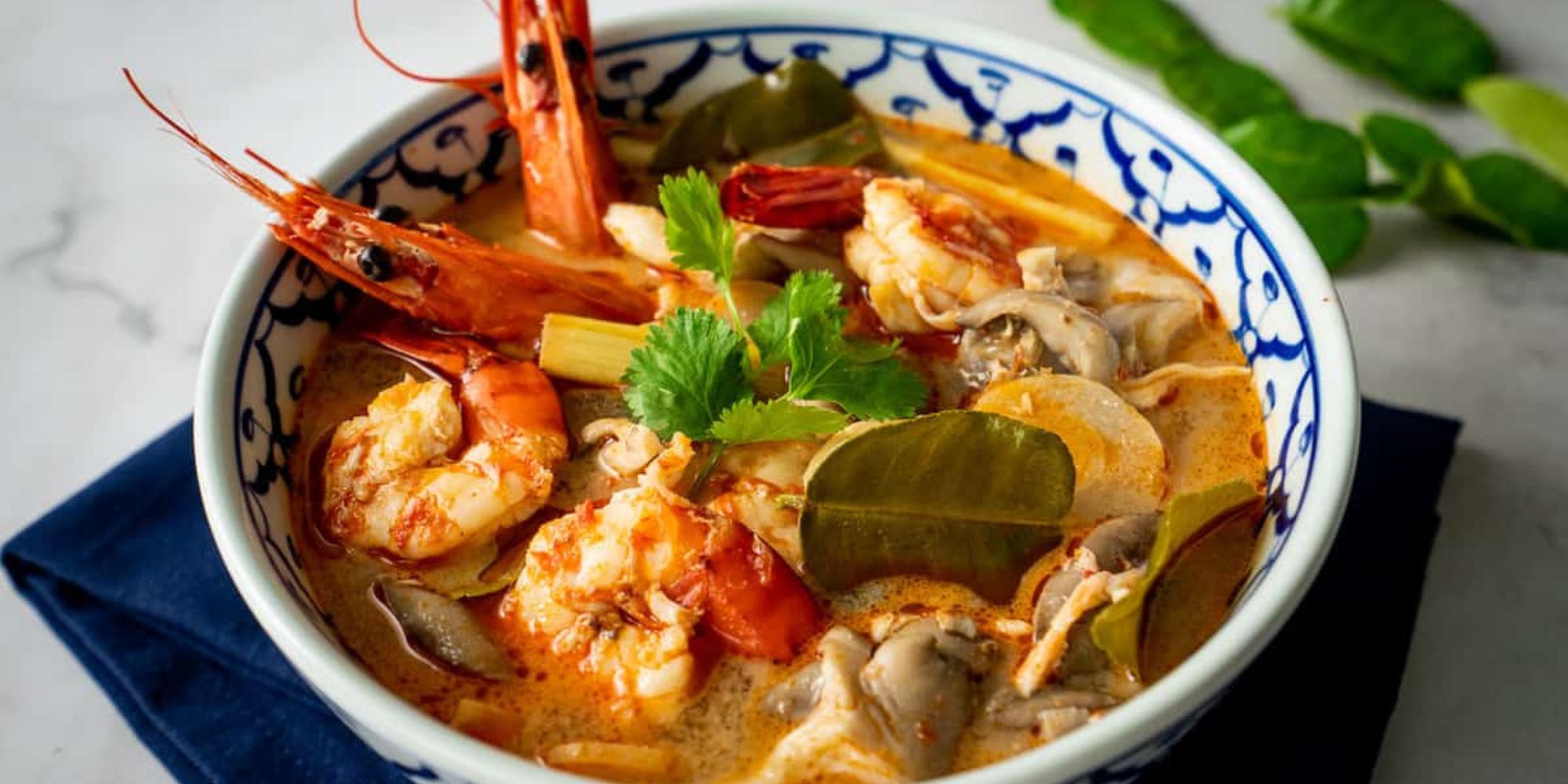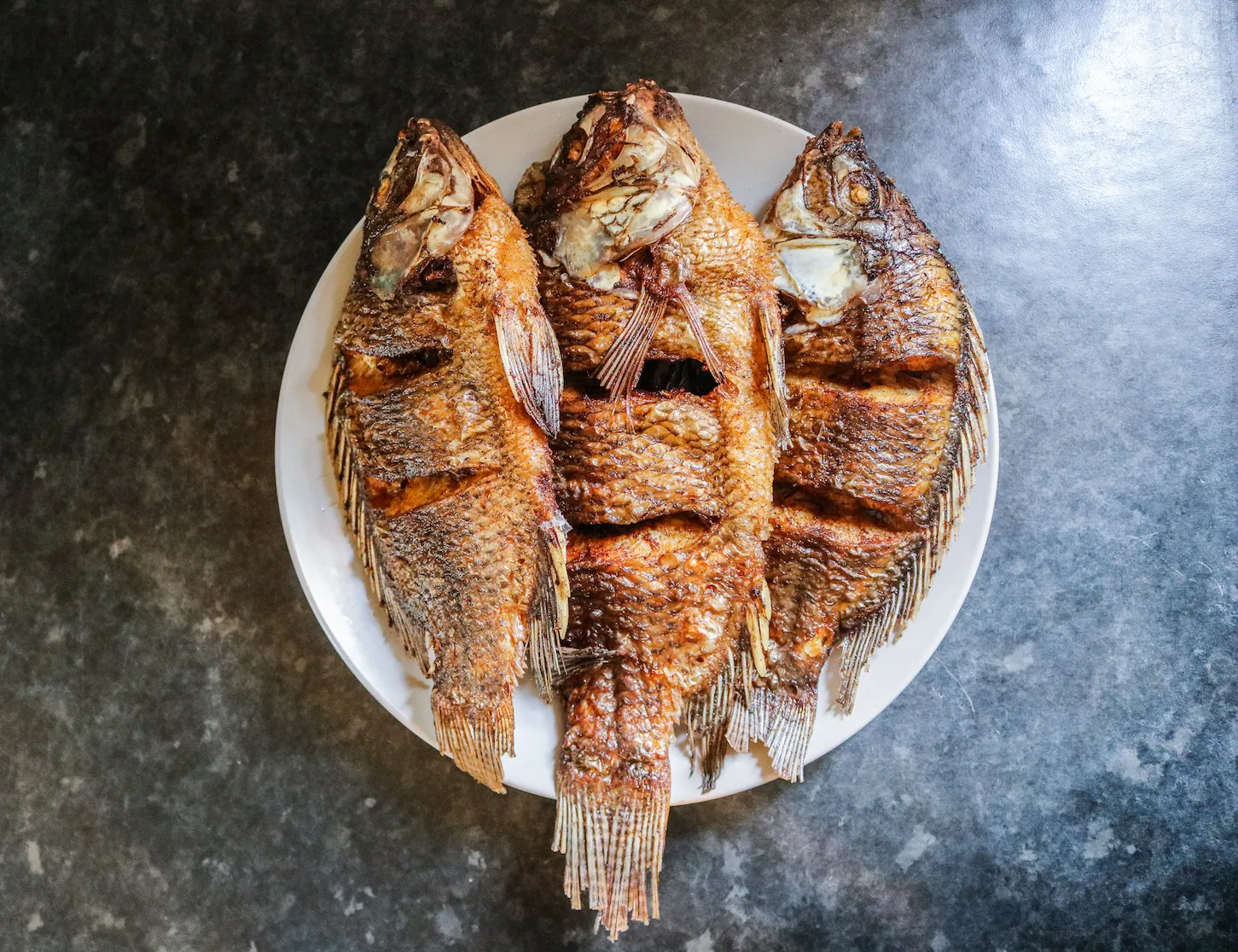Enjoying a Vegan Diet Without Soy, Gluten, or Beans
Following a vegan diet can be a wonderful way to support your health and reduce your environmental impact. However, if you have dietary restrictions such as soy, gluten, or beans, you may wonder how to navigate a vegan lifestyle without these common staples. The good news is that it’s entirely possible to enjoy a varied and delicious vegan diet without relying on soy, gluten, or beans.
Focus on Whole Foods
When avoiding soy, gluten, and beans, it’s important to focus on whole, unprocessed foods. This can include a wide variety of fruits, vegetables, nuts, seeds, and grains that are naturally free from these ingredients. By centering your diet around whole foods, you can ensure that you’re getting a diverse array of nutrients without relying on soy, gluten, or beans.
Explore Alternative Proteins
Protein is an essential component of any diet, and there are plenty of vegan-friendly sources of protein that don’t involve soy, gluten, or beans. Consider incorporating quinoa, chia seeds, hemp seeds, and nutritional yeast into your meals to boost your protein intake. These ingredients are versatile and can be used in a wide range of recipes, from salads to smoothies to main dishes.
Experiment with Gluten-Free Grains
For those avoiding gluten, there are numerous gluten-free grains that can serve as the foundation of a satisfying meal. Brown rice, quinoa, buckwheat, and amaranth are just a few examples of gluten-free grains that can be used in place of traditional wheat-based products. These grains are not only nutritious but also incredibly versatile, making them a great addition to any vegan pantry.
Embrace a Variety of Flavors
One of the joys of vegan cooking is the opportunity to explore a wide range of flavors and cuisines. When avoiding soy, gluten, and beans, it’s important to embrace the diverse culinary traditions from around the world. From the vibrant spices of Indian cuisine to the fresh herbs of Mediterranean dishes, there are countless ways to create delicious, satisfying meals without relying on soy, gluten, or beans.
Get Creative in the Kitchen
Adapting to a vegan diet without soy, gluten, or beans may require a bit of creativity in the kitchen, but the possibilities are truly endless. Don’t be afraid to experiment with new ingredients and cooking techniques. Whether you’re whipping up a batch of gluten-free vegan pancakes or crafting a hearty grain bowl, there are countless ways to enjoy a diverse and flavorful vegan diet without soy, gluten, or beans.
Conclusion
Following a vegan diet without soy, gluten, or beans may present some initial challenges, but with a bit of creativity and a focus on whole, unprocessed foods, it’s entirely possible to thrive on a plant-based diet. By exploring alternative sources of protein, experimenting with gluten-free grains, and embracing a variety of flavors, you can enjoy a diverse and satisfying vegan diet that meets your dietary needs and preferences.
